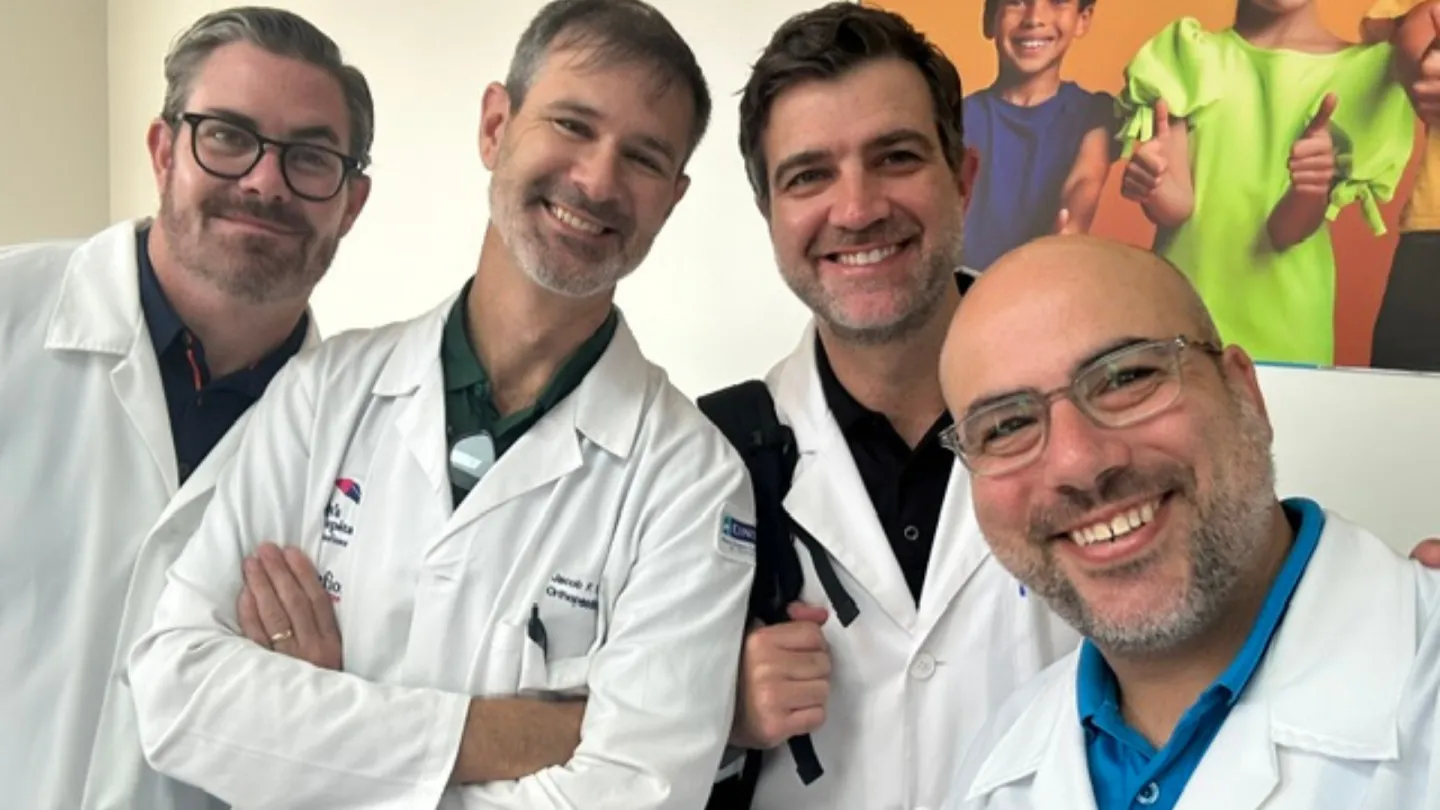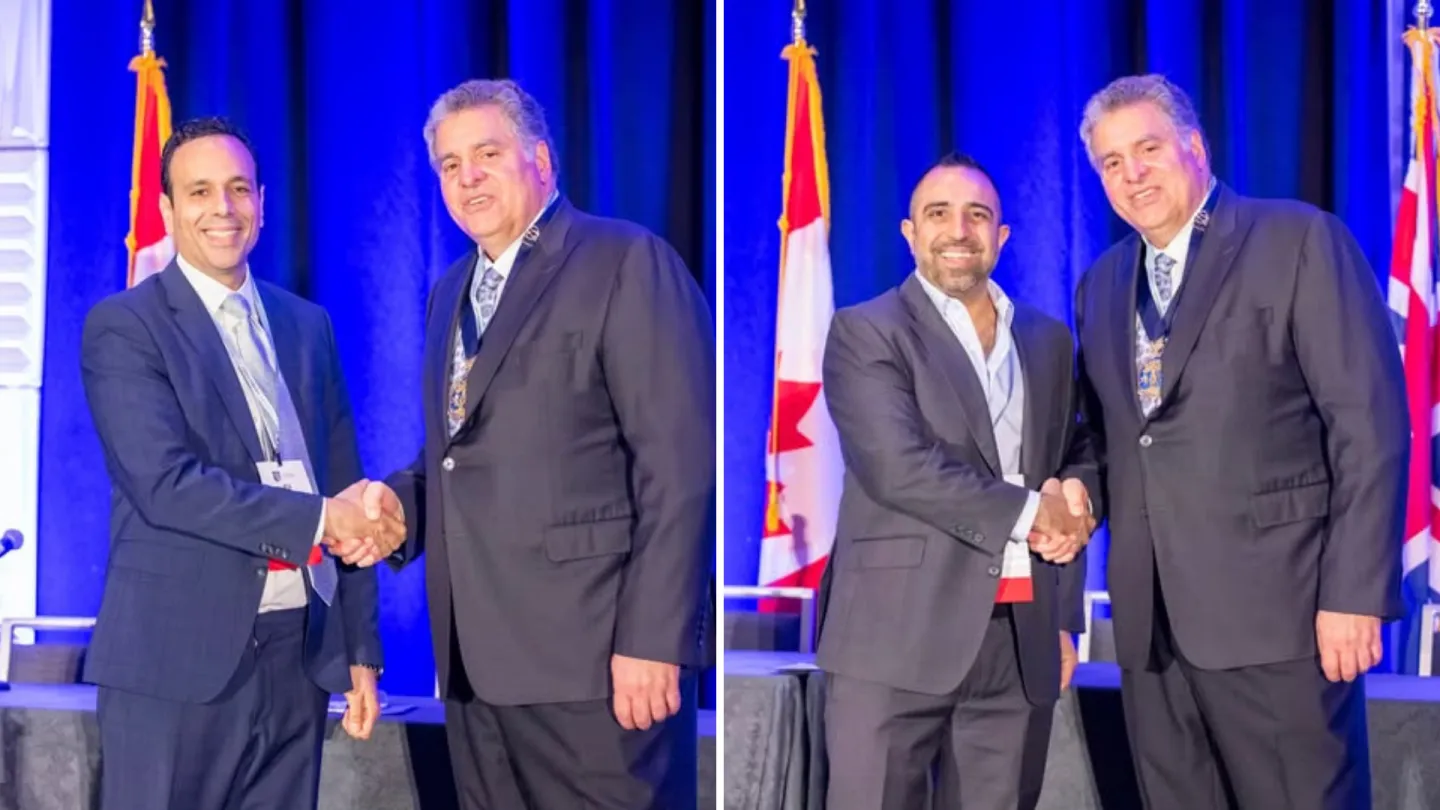Excellence and Innovation in Advanced Treatments & Patient Care



The Orthopedic Oncology Program at Montefiore Einstein is one the most comprehensive of its kind in the region. Together with the Montefiore Einstein Comprehensive Cancer Center, our knowledge and expertise ensures the highest quality of care for even the most complicated cases. We are among the elite 1% NCI- designated comprehensive cancer centers in the U.S. — and we are ranked in the top 1% of all U.S. hospitals for orthopedics and cancer care, according to U.S. News & World Report.
Our team of specialists is dedicated to the diagnosis and management of tumors, both benign and malignant, primary and secondary. Through the coordinated efforts of our medical and surgical subspecialists, we provide thorough multidisciplinary care for all our patients.
The experience of our patients and their loved ones—not simply their ailments—demands our full attention. Your dedicated care team will be there to discuss your condition, answer questions, assess treatment options and develop a treatment strategy that is best for you.
Bone and soft-tissue tumors present unique challenges. At Montefiore Einstein, we believe that optimal outcomes are the product of thorough evaluations, accurate diagnoses and intelligent, patient-specific treatment plans developed through years of clinical experience.
Working as a team, we create a comprehensive care plan for every patient. A collaborative strategy helps remove traditional barriers between specialists and minimizes the number of patient visits. Our multidisciplinary approach ensures clear communication between clinicians and allows for the simplified coordination of diagnostic studies, treatments and follow-up visits.
Every week, specialists meet to discuss diagnosis and treatment plans for patients. Imaging studies, test results, biopsy findings and relevant patient information are all reviewed and taken into consideration. From there, individualized treatment strategies are designed using evidence-based medicine, national guidelines, ongoing clinical trials and the group’s combined clinical expertise.
Our status as an academic health system puts us at the forefront of our field. Together with our Albert Einstein College of Medicine, one of the highest NIH-funded institutions in the country, we are continually conducting research with the goal of discovering better treatment options for our patients. We routinely present our research findings and publish our study results in peer-reviewed publications.

Conditions We Treat
Montefiore Einstein treats a wide spectrum of orthopedic conditions, a selection of which you will find here. In addition to these, we have experience treating many other related conditions. Please contact us to schedule a consultation to review and discuss your specific healthcare needs.
Osteosarcoma
Ewing sarcoma
Chondrosarcoma
Adamantinoma
Chordoma
Undifferentiated pleomorphic sarcoma (UPS)
Synovial sarcoma
Rhabdomyosarcoma
Liposarcoma
Myxoid liposarcoma
Malignant peripheral nerve sheath tumor (MPNST)
Leiomyosarcoma
Fibrosarcoma
Epithelioid sarcoma
Hemangioendothelioma
Dermatofibrosarcoma protuberans (DFS)
Metastatic carcinoma
Pathologic fractures

Advanced Orthopedic Oncology Treatments
Our treatment plans are designed to maximize oncologic and functional outcomes, returning our patients to health as quickly as possible. Whenever possible, we employ nonoperative treatments. If surgery is needed, we always consider the most conservative approach. Some of the common procedures we perform include:
In many instances, it is feasible to remove an extremity tumor using limb-salvage surgery, wherein the tumor is removed without the need for amputation, sparing the affected arm or leg. The main purpose of limb-salvage surgery is to properly remove the tumor while maintaining important anatomic structures like nerves and blood vessels. This highly specialized surgical approach can be utilized in most cases of bone and soft-tissue tumors.
After successfully removing the tumor, our goal is to reconstruct the limb and restore limb function to the greatest extent possible. This is often achieved by utilizing metallic internal prostheses, allograft bone (cadaveric) or allograft-prosthetic composites. Soft tissue reconstruction may involve the use of skin grafts, free vascularized muscle flaps or composite flaps. In rare cases, blood vessels and nerves that are involved in the tumor must be removed and subsequently reconstructed.
Limb-salvage surgery is frequently combined with other treatments like radiation therapy, systemic chemotherapy, physical therapy, palliative care and/or pain management. Treatment plans ultimately depend on many patient-specific and tumor-specific factors. Every patient’s care plan is customized, with the goal of maximizing an individual’s oncologic and functional outcomes.
For children, removing a tumor in or around a major joint can be particularly challenging, as it frequently requires removing one or more growth plates. As a result, the child’s growth is impacted, with the affected limb expected to grow less than the opposite side. In the past, a child would undergo multiple major surgeries to adjust the implant as they continued to grow. Today, it is possible to use a growing implant, which extends or lengthens over time. This permits a child’s limb to keep up with the opposite side, maintaining anatomic symmetry and providing obvious benefits in functionality, comfort and aesthetics for the patient.
Growing implants can be minimally invasive or noninvasive. A minimally invasive implant requires a minor surgical procedure for each lengthening, during which one or two small incisions are needed. Surgeons introduce small surgical screwdrivers through the incisions. By rotating these drivers, the implant lengthens. After an acceptable length has been achieved, the incisions are closed and the patient is awakened from anesthesia. The patient can immediately walk on the implant and often go home the same day with minimal discomfort, which usually resolves in one to two days.
A noninvasive growing implant does not require additional surgery or anesthesia. Instead, these implants are lengthened internally using a magnet to rotate a gearbox inside the implant. The patient can remain awake during this process with minimal to no discomfort. The lengthening is performed in-office and takes roughly 15 to 20 minutes. The patient can walk on the implant immediately and go home directly following the lengthening.
Growing implants represent patient-specific and leading-edge orthopedic implant technology. These implants are reserved for a small group of pediatric patients with unique reconstructive challenges owing to their continued growth potential. This individualized reconstructive method eliminates the need for amputation or other more ablative surgeries, allowing the restoration of routine function in a majority of patients.
Custom joint replacement implants are used to rebuild or reconstruct a patient’s joint following surgical resection of a tumor in or adjacent to a major joint. While standard joint replacement implants can often be employed successfully, in some instances custom-designed implants may be a better solution. Tumor size, tumor location, remaining bone stock or other patient-specific considerations determine which implant is appropriate.
Each custom implant is patient-specific, designed to match a patient’s size, anatomy and reconstructive needs. Implants are designed and manufactured by select orthopedic implant companies using cutting-edge technology. During the design process, surgeons work closely with engineers and other specialists to ensure the implant fits the anticipated surgical plan and meets all related engineering and manufacturing standards.
Custom implants are reserved for a small group of patients with unique surgical and reconstructive challenges. This individualized reconstructive method eliminates the need for amputation, allowing the restoration of routine function in a majority of patients.
Navigation-guided surgery, also referred to as image-guided or computer-assisted surgery, uses imaging modalities, such as a computed tomography (CT) scan, to increase the accuracy of a procedure. This technology tracks the position and movements of surgical instruments, linking them to an imaging study in real time, which allows the surgeon to make very small, specific corrections.
While not necessary in every procedure, navigation-guided surgery serves as a valuable surgical tool for treating select patients with tumors located in the pelvis or spine. This treatment can maximize surgical accuracy, aid reconstructive fit or fixation and improve patient outcomes.
Allograft bone can be used to rebuild or reconstruct a patient’s limb following surgical removal of a tumor. While joint replacement surgery can often be used successfully, there are instances when using cadaveric structural bone is a feasible alternative. For example, some tumors involve the central portion of a long bone, and treatment does not require joint replacement. In such cases, reconstruction can be achieved with an intercalary allograft bone. Once healed, this can offer excellent functional outcomes.
Allograft bones are carefully screened and selected from accredited and reputable bone banks. The bone is sized to closely match a patient’s anatomy and address their individual needs as best as possible. This treatment is an excellent example of personalized surgical planning, tailored to a patient and their individual reconstructive needs.
Your Team of World-Renowned Specialists
Orthopedic Surgery Highlights
Physician Referrals
Montefiore Einstein embraces a collaborative approach.
If you have a patient who could benefit from our services, please reach out.
718-920-2060
Schedule a Visit
Have a general question or concern?
We’re available to help you by phone or email.
• 718-920-2060 • orthofeedback@montefiore.org
















